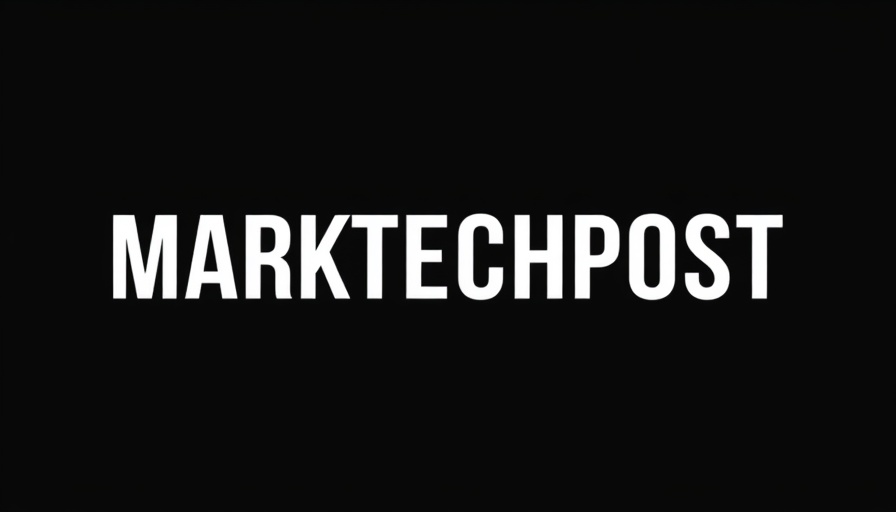
Unveiling NVIDIA Jetson Thor: A Game Changer for Robotics
The NVIDIA robotics team's recent introduction of Jetson Thor marks a monumental advancement in the field of physical AI and robotics. Unveiled as a supercomputer specifically engineered to enhance real-world AI robotics development, Jetson Thor embodies a convergence of computing power, efficiency, and innovative software, poised to empower small and medium-sized businesses looking to harness the potential of automation and advanced robotics.
Why Businesses Should Care About Jetson Thor
The Jetson Thor platform is designed to propel businesses into the future by making robotics more accessible and effective. With capabilities that include multimodal sensor processing and generative reasoning, Jetson Thor allows machines to not just act, but to think and make complex decisions based on real-time data. This not only enhances operational efficiency but also creates opportunities for smarter customer interactions and improved service delivery.
Key Technical Features Driving Innovation
At the heart of Jetson Thor lies the impressive Blackwell-based GPU, delivering up to 2,070 FP4 teraflops of AI compute power, which is 7.5 times more than the previous Jetson Orin platform. This leap in performance is crucial for businesses that require rapid decision-making capabilities from their robotic systems. Coupled with energy-efficient operation—allowing configurable settings from 40 watts up to 130 watts—Jetson Thor ensures that businesses can maximize productivity without compromising on environmental responsibility.
Enhanced Software Ecosystem: What SMBs Need to Know
Jetson Thor is not just about hardware; it comes loaded with a software ecosystem tailored for robotics and physical AI applications. This includes the Isaac (GR00T) system for humanoid control, Metropolis for vision AI, and Holoscan, which facilitates low-latency sensor processing. These software components enable a single Jetson module to handle various AI workflows without the need for multiple chips, making it a more efficient solution for smaller enterprises that may lack extensive technical resources.
Real-World Applications of Jetson Thor
Imagine a local grocery store employing robots equipped with Jetson Thor to manage inventory, assist customers, and streamline the checkout process—all while learning from interactions to improve service. Retail environments could not only become more efficient but also adapt to customer needs in real-time, paving the way for a new standard in customer service. These are not mere concepts; several businesses are already exploring such implementations.
The Significance of Physical AI in Today’s Market
Physical AI stands at the intersection of perception, reasoning, and action planning. With Jetson Thor, robots can simulate potential scenarios and make informed decisions, akin to human reasoning. This significant advancement allows businesses to automate tasks that were once considered too complex or interaction-heavy, paving the way for more strategic deployment of human resources.
Future Trends: The Road Ahead for Robotics
As industries continue to embrace AI-driven robotics, it's crucial for businesses to stay updated on emerging trends. Future predictions suggest that robotics will expand into virtually every sector—healthcare, agriculture, logistics—providing small to medium-sized businesses the edge they need to compete. Investing in technology like Jetson Thor may not only yield new operational efficiencies but also unlock new revenue streams.
Common Misconceptions About AI in Business
A common misconception is that AI and robotics are only for large enterprises. In reality, platforms like Jetson Thor are designed to be scalable and accessible, making advanced robotics a feasible option for businesses of any size. The entry barrier is declining, delivering personalized solutions that cater to unique industry needs.
Take Action Towards Future-Proofing Your Business
In an evolving technological landscape, small and medium-sized businesses have an unprecedented opportunity to adopt advanced robotics solutions. As Jetson Thor makes real-world AI more accessible, the time to act is now. Research how integrating such technologies can not only streamline operations but also elevate your customer experiences.
 Add Row
Add Row  Add
Add 



Write A Comment